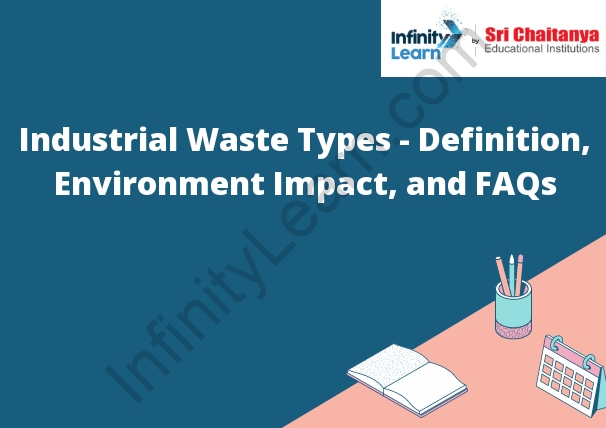Table of Contents
What is Industrial Waste? ; Types of Industrial Waste ;
An industrial waste is any waste material that is produced as a result of an industrial process. There are many different types of industrial waste, and each one can be hazardous to human health and the environment.
Some of the most common types of industrial waste include:
-Chemical waste: This is waste that is generated from the production of chemicals. It can be hazardous to human health and the environment if not properly disposed of.
-Metal waste: This is waste that is generated from the production of metals. It can be hazardous to human health and the environment if not properly disposed of.
-Oil waste: This is waste that is generated from the production of oil. It can be hazardous to human health and the environment if not properly disposed of.
-Solid waste: This is waste that is generated from the production of solid materials. It can be hazardous to human health and the environment if not properly disposed of.

Biodegradable
waste
Biodegradable waste is waste that can be broken down and decomposed by living things, such as bacteria and plants. This type of waste can come from many different sources, including food, plants, and animals.
Non-biodegradable
waste
Non-biodegradable waste is waste that does not decompose or break down in a natural environment. This type of waste can include plastics, metals, and other materials that do not easily decompose. Non-biodegradable waste can be a major environmental hazard, as it can take many years to break down and can often leach harmful chemicals into the soil and water.
Environmental Impact
The environmental impact of the proposed project includes air pollution, water pollution, and noise pollution. The proposed project would produce air pollution from the burning of coal and oil, water pollution from the discharge of wastewater, and noise pollution from the operation of the plant.
Air Pollution
Air pollution is a problem that affects everyone on the planet. It is caused by many things, including the burning of fossil fuels, emissions from cars and factories, and agricultural practices.
Air pollution can cause a variety of health problems, including respiratory illnesses, heart disease, and cancer. It can also damage the environment, contributing to climate change.
There are many things people can do to reduce air pollution, including driving less, using public transportation, and recycling.
Water Pollution
Water pollution is the contamination of water by pollutants. These pollutants can be natural or man-made.
Natural pollutants include:
Sediments from erosion
Litter
Oil and grease
Man-made pollutants include:
Chemicals
Suspended solids
Pathogens
Nutrients
Toxins
The presence of pollutants in water can cause a variety of environmental and health problems.
Environmental problems caused by water pollution include:
Eutrophication
Harm to aquatic life
Harm to human health
Reduced water quality
Soil erosion
Reduced recreational opportunities
Health problems caused by water pollution include:
Diarrhea
Harm to aquatic life
Cancer
Birth defects
Reduced water quality
Soil erosion





